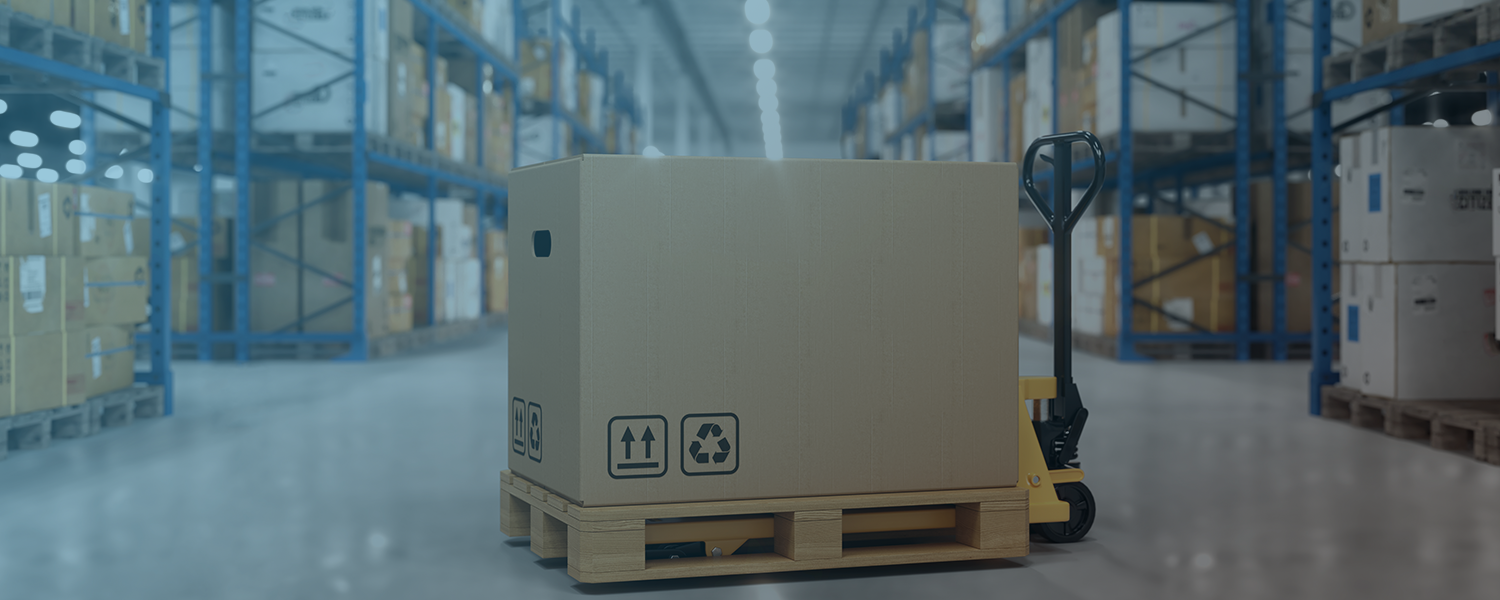If you are active in dropshipping, the topic of Supply Chain Management (SCM) is unavoidable. A well-organized supply chain often determines whether your business is successful or not. Unlike in classic e-commerce, with dropshipping you don’t maintain inventory, but that doesn’t mean you have less to worry about – on the contrary! A smoothly functioning supply chain management is even more important in dropshipping because you directly depend on the efficiency of your suppliers. In this blog post, you’ll learn why this is the case and how to optimize your dropshipping SCM to take your business to the next level.
Table of Contents
- What is Supply Chain Management in Dropshipping?
- Why Supply Chain Management is Crucial for Dropshipping
- The 4 Biggest Challenges in Dropshipping Supply Chain Management
- 5 Strategies to Optimize Your Supply Chain Management
- The Role of Customer Communication in SCM
- Conclusion: Supply Chain Management as a Success Factor
What is Supply Chain Management in Dropshipping?
Supply Chain Management encompasses all processes necessary to bring products from the supplier to the end customer. It starts with product procurement and ends with delivery to the customer. In traditional retail, warehousing and inventory management are part of the supply chain; in dropshipping, this part is eliminated. But: SCM in dropshipping focuses particularly on the coordination and collaboration between you and your suppliers to ensure that goods reach the customer quickly and efficiently.
Good supply chain management in dropshipping means that you choose the right suppliers, make clear agreements, and ensure that deliveries arrive on time and in good quality to the customer. The challenge? You have no direct control over the shipping process, and that’s exactly what makes this topic so important. Errors or delays on the supplier’s side ultimately become your problem – and can result in negative reviews and upset customers.
Why Supply Chain Management is Crucial for Dropshipping
Good Supply Chain Management is the key to a successful dropshipping business. Here are some of the main reasons why SCM plays such a central role:
- Customer satisfaction: A satisfied customer not only orders from you once but becomes a regular customer. Punctual deliveries and high-quality products are crucial for high customer satisfaction.
- Cost optimization: Well-organized supply chain management saves you costs by avoiding unnecessary delays, returns, or expensive express deliveries. Every day a product is delivered late potentially costs you another customer.
- Competitive advantage: Speed is everything in e-commerce! If you deliver faster than your competition, you have a decisive competitive advantage. Customers like to order where they receive their goods quickly.
- Reputation: A smooth process in the supply chain builds trust. Customers appreciate being able to rely on delivery times and product quality, which gives you a better reputation in the market in the long run.
The 4 Biggest Challenges in Dropshipping Supply Chain Management
In dropshipping, there are several challenges that make supply chain management particularly demanding. Here are the biggest stumbling blocks you might face:
1. Supplier Dependency
In dropshipping, you are extremely dependent on your suppliers. This means that any delay or error on the supplier’s side can also affect your relationship with the customer. If the supplier doesn’t deliver on time or the goods are defective, you as the seller have the problem on your hands.
2. Communication Problems
Many dropshipping businesses work with international suppliers. This not only brings language barriers but often also differences in business hours. Different time zones can lead to requests or problems not being solved immediately. Clear and constant communication with the supplier is key here.
3. Delivery Delays and Returns
Delays in shipping are unfortunately not uncommon in dropshipping. Especially with international deliveries, customs problems or logistical bottlenecks can lead to delays. Returns can occur due to poor quality or incorrect product descriptions, which costs additional money and time.
4. Lack of Control Over the Shipping Process
In classic e-commerce, you have full control over shipping. In dropshipping, this responsibility lies with the supplier. This means you have no influence on how quickly and in what condition the products arrive at the customer. It’s all the more important to work with reliable suppliers and monitor processes closely.
5 Strategies to Optimize Your Supply Chain Management in Dropshipping
To improve your supply chain management and take your dropshipping business to the next level, you should consider some important steps:
1. Choose the Right Suppliers
Your suppliers are the heart of your supply chain. You should not only pay attention to price but also to reliability, delivery times, and product quality. Perform regular spot checks and continuously request feedback from your customers to monitor the quality of deliveries. Websites like Alibaba offer ratings and reviews that can help you select the best suppliers.
2. Use Automation
Automation is one of the best ways to make your processes more efficient. Many e-commerce platforms offer tools that help you automate orders, inventory, and deliveries. This not only saves time but also reduces the risk of errors. Tools like Oberlo or Spocket are particularly suitable for dropshipping businesses to better manage the supply chain.
3. Transparent Communication
It’s important to set clear expectations – both with your suppliers and your customers. Make sure you contact your suppliers regularly and discuss all details about delivery times, products, and returns precisely. Give your customers realistic delivery times and inform them promptly if there are delays. Transparent communication builds trust and prevents negative surprises.
4. Minimize Returns in Supply Chain Management
Returns are not only annoying but also expensive. Make sure your product descriptions are as precise as possible and that customers know exactly what to expect. Also, always provide clear instructions for returns and try to make the process as simple as possible. You can read more about this in my article on minimizing returns in dropshipping.
5. Ensure Quality
Quality is the be-all and end-all in dropshipping. Since you don’t have direct influence on production, it’s important that you perform regular quality checks. Work closely with your suppliers and, if possible, request product samples to check the quality yourself. The better the quality, the lower the return rate and the more satisfied your customers will be.
The Role of Customer Communication in Supply Chain Management
Another important aspect in Supply Chain Management is customer service. Fast and clear communication with your customers can often solve problems before they arise. Always inform your customers about the status of their order and give them the opportunity to ask questions. In case of delivery delays or problems, you should act proactively to ensure customer satisfaction.
Proactive Communication
If you know that an order is delayed or there is a bottleneck, you should inform the customer immediately. Offer a discount or a voucher to defuse the problem and show the customer that you care about their satisfaction. A small step in communication can make the difference between a bad review and a loyal customer.
Use Customer Feedback
Customer feedback is worth its weight in gold, especially in dropshipping supply chain management. Use the feedback to identify and solve problems in the supply chain. Satisfied customers are the best brand ambassadors and generate more revenue through positive reviews and recommendations.
Conclusion: Supply Chain Management as a Success Factor in Dropshipping
Supply Chain Management is one of the most important success factors in dropshipping. By selecting the right suppliers, using automation, and maintaining transparent communication, you can optimize your SCM and make your customers more satisfied. Remember that smooth supply chain management not only saves you costs but also gives you a decisive competitive advantage. Invest time and resources in improving your supply chain, and you will feel the difference.
Have you already had experience with supply chain management in dropshipping? Share your tips and challenges in the comments below!






